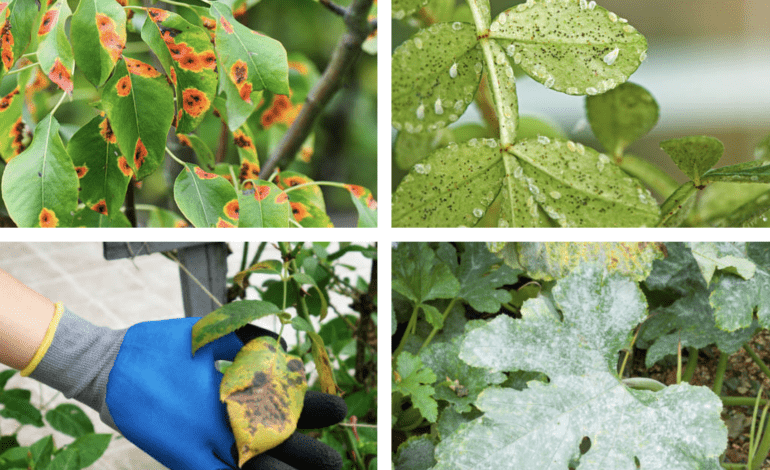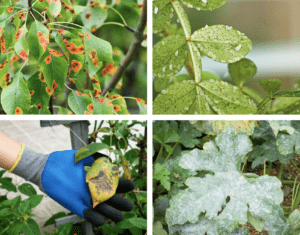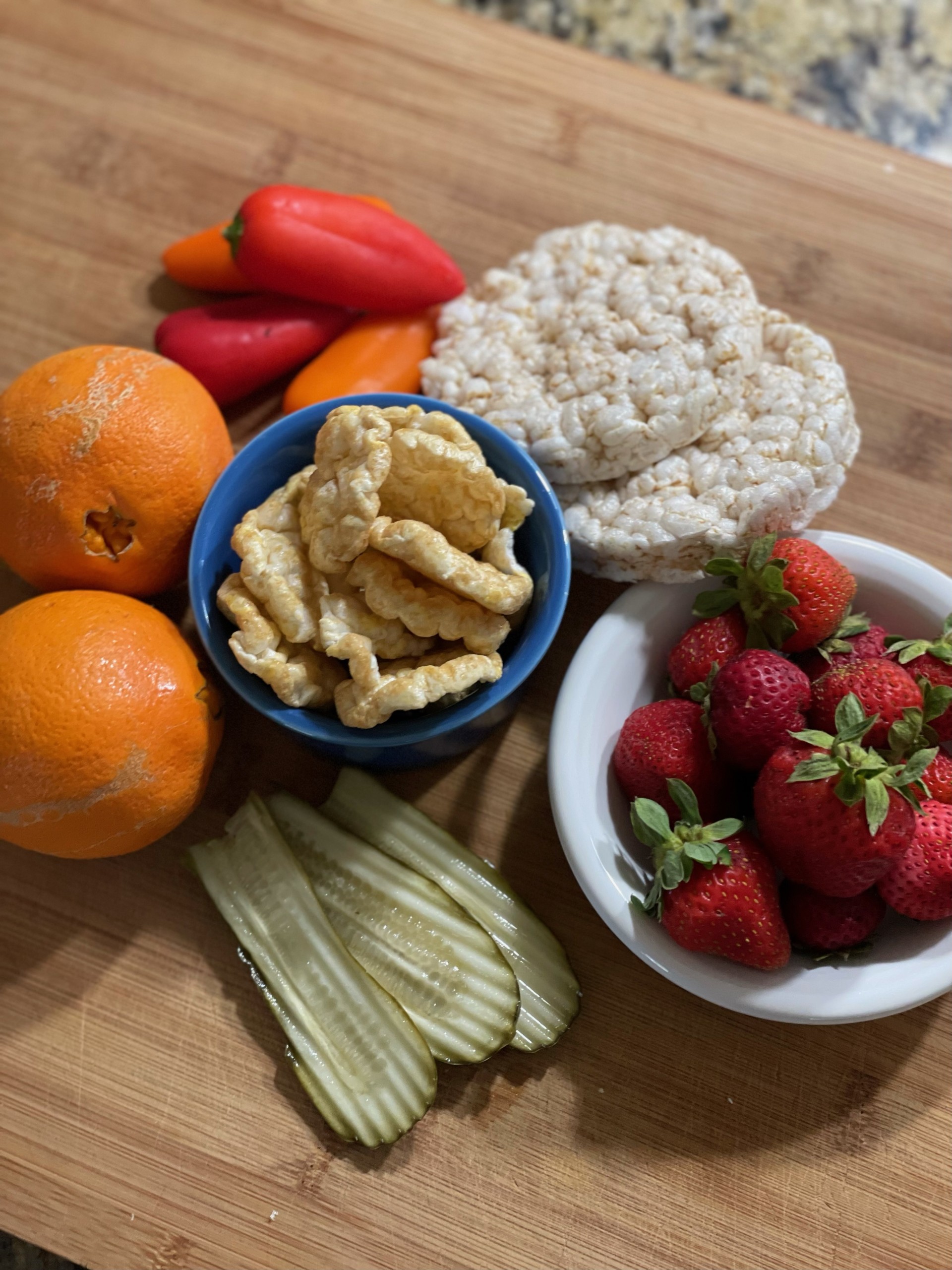Plant fungal disease: a primer by AgriLife’s Mario Villarino

 Disease is the outcome of an interaction between the host, the disease agent, and their environment. If the cause of infectious disease, the pathogen, is next to the host, nothing will happen unless environmental factors are favorable for its infection and development within the plant. With foliar pathogens, there is usually a minimal period of leaf wetness required to stimulate spore germination and infection.
Disease is the outcome of an interaction between the host, the disease agent, and their environment. If the cause of infectious disease, the pathogen, is next to the host, nothing will happen unless environmental factors are favorable for its infection and development within the plant. With foliar pathogens, there is usually a minimal period of leaf wetness required to stimulate spore germination and infection.
For some soil-borne pathogens, infection occurs in combination with high soil moisture and certain critical soil temperatures. Knowledge of conducive environmental factors for the more important vegetable diseases presents an opportunity for more effective management: the disease can prevented by altering some of the environmental factors, or, when such factors cannot be altered, steps can be taken to minimize the impact (e.g. fungicides could be applied in advance of a period of sustained rain which would favor foliar diseases.)
Fungi are multicellular microscopic organisms that can grow to their food, usually in the form of filamentous strands. Their growth pattern is radial, so on surfaces such as plant leaves, the effects of their growth may be seen as circular spots. However, fungal infections of other plant parts, such as roots, may produce no visible structures. Some symptoms can indicate these infections.
For example, browning of the water-conducting tissues of the stem, in combination with wilt, can indicate infection by the Fusarium wilt fungus. Other disease symptoms, such as blight (a general death of tissue), which can have a variety of causes, may require laboratory testing to confirm fungi as a cause. Fungi can produce specialized structures, such as spores, which are used for reproduction, dissemination through space and time, and survival. Sclerotia are structures that function in the long term survival of many soil-borne pathogens.
The southern blight fungus which infects many vegetables forms sclerotia resembling mustard seeds. Most fungi that infect leaves require free moisture to initiate infection, with the exception of powdery mildew fungi, which need only high humidity to initiate infection. Fungicides can be applied to the seed to protect from organisms on the surface of the seed and from damping off pathogens. Fungicides used for seed treatment include captan (Captan), fludioxonil (Maxim), thiram (Thiram), mefenoxam (Apron), and metalaxyl (Allegiance).
Biological seed treatments are also commercially available, e.g. Kodiak and T-22 (These are living organisms applied in the same manner as chemicals.) Seed treatment fungicides are usually applied by the seed company and the fungicides used are indicated on the label. Growers can supplement the activity of seed treatment fungicides by applying additional fungicides at the time of planting.
This is recommended when soilborne disease pressure is higher than usual. During the growing season, fungicide or bactericide sprays may be required to control foliar diseases. The essentials for good disease control are: preventative applications (i.e. before the onset of visible symptoms), thorough coverage of the plant, and application at an appropriate frequency and rates.
If disease pressure is low (usually when there is a period of dry weather) good control can be obtained by using protectant or nonsystemic fungicides such as chlorothalonil or the EBDC chemicals (e.g. mancozeb). Systemic fungicides have higher activities against several foliar pathogens and should be used when disease pressure is higher (periods of rainy weather).
It is important to remember to use fungicides as preventive measure and not cure.
For more information on this or any other agricultural topic please contact the Hopkins County Extension Office at 903-885-3443 or email me at m-villarino@tamu.edu.
Contributed by Mario Villarino













